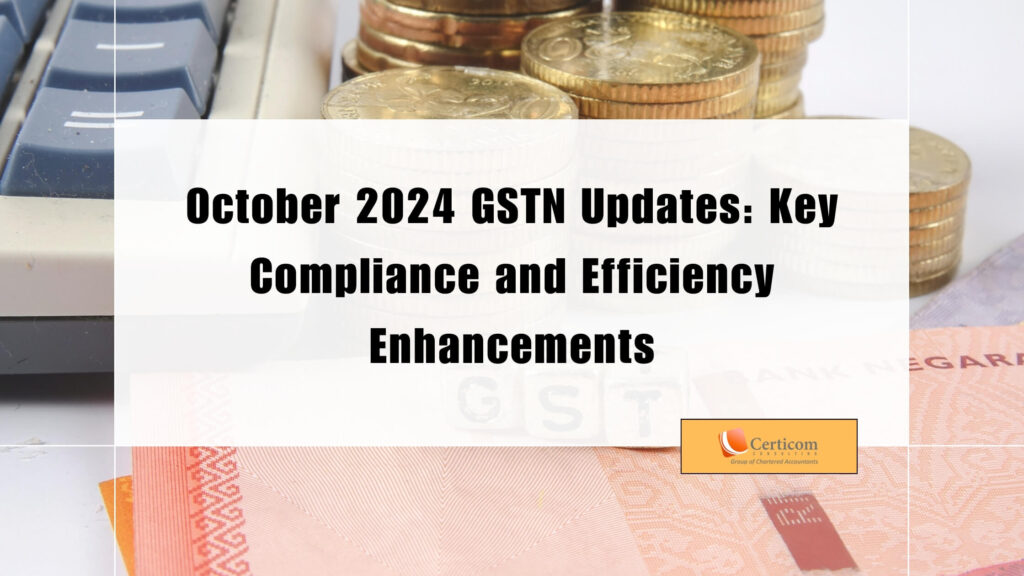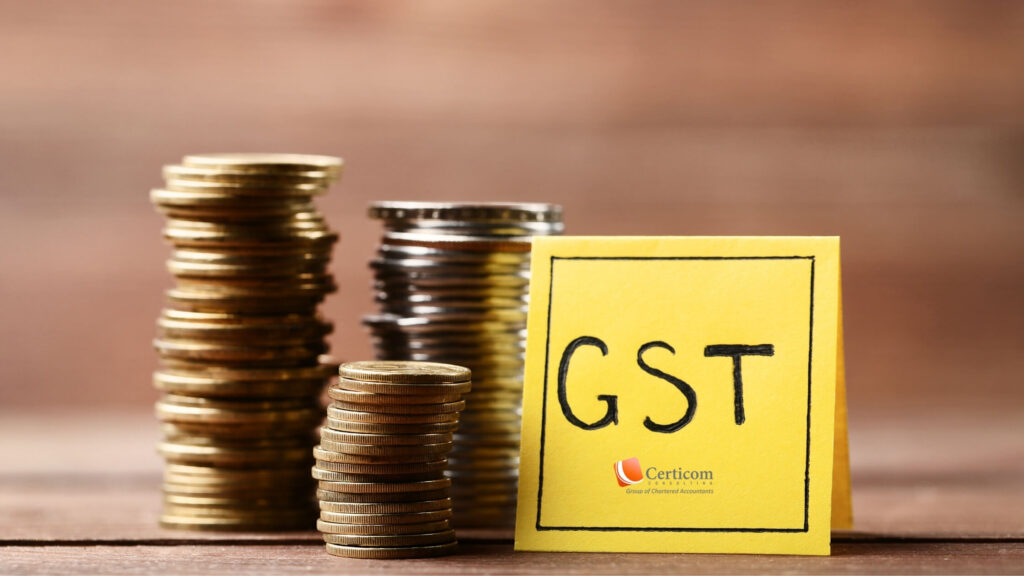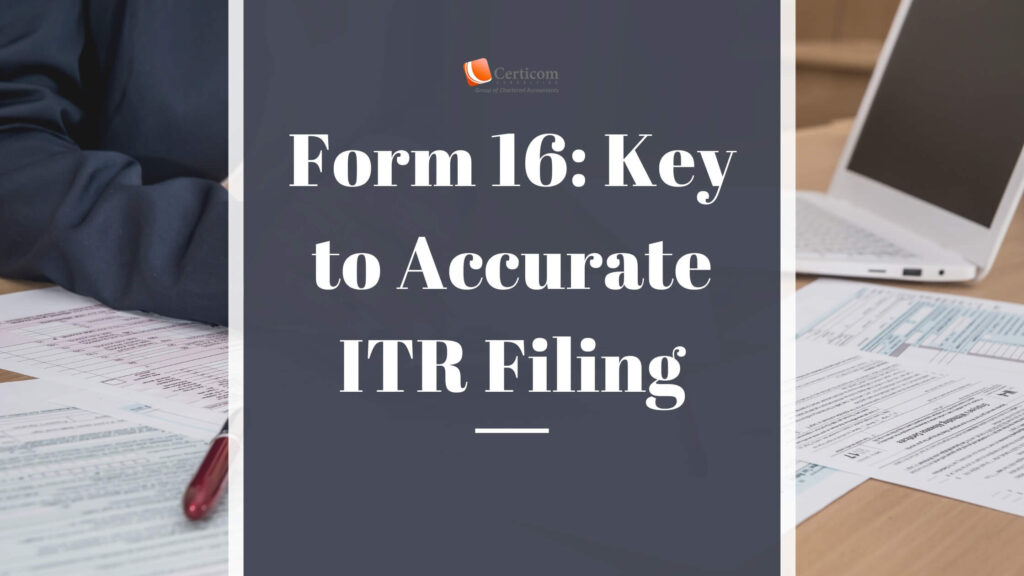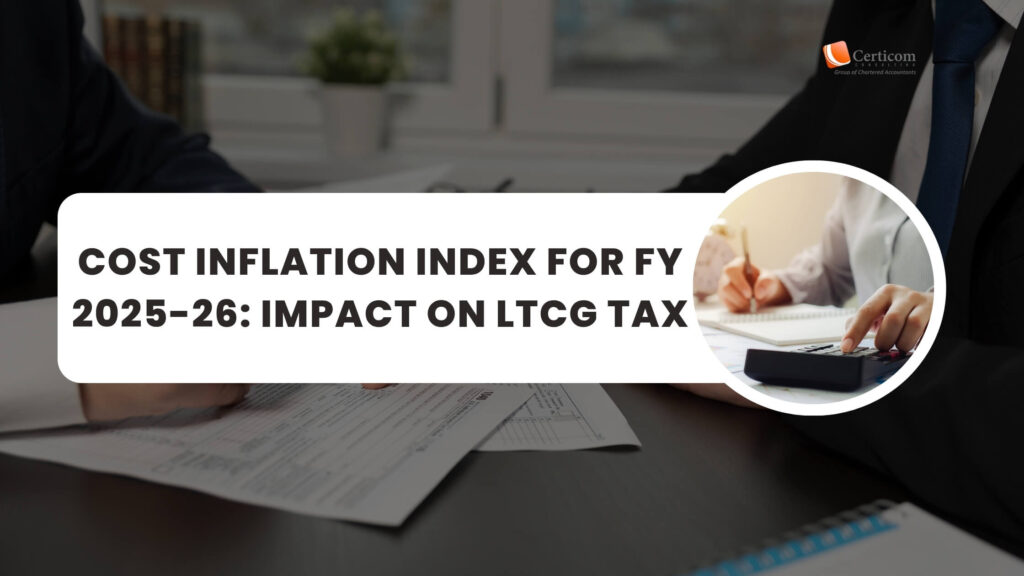GSTN Advisories October 2024: Essential Updates for Enhanced Compliance and System Efficiency

In October 2024, the Goods and Services Tax Network (GSTN) released several key advisories designed to streamline compliance and enhance the GST portal’s functionality. These updates address various compliance areas, including e-way bill (EWB) traceability, metal scrap transaction requirements, input tax credit (ITC) reconciliation, and bank detail validations. Let’s explore these updates in detail:
Integration of Indian Railways Parcel Management with EWB
On October 4, 2024, GSTN introduced the integration of the Indian Railways’ Parcel Management System (PMS) with the e-way bill system. This integration aims to improve traceability and compliance by automating data entry for RR and Parcel Way Bill (PWB) numbers directly from the railways into the EWB portal. Taxpayers involved in rail transportation are advised to follow the specific guidelines for correctly entering PWB numbers, updating Part-B of the EWB, and ensuring accurate data entry for validation purposes.

New GST Compliance for Metal Scrap Transactions
Following the GST amendment issued in Notification No. 25/2024 – Central Tax on October 9, 2024, GSTN released an advisory on October 13 requiring metal scrap dealers to register via Form GST REG-07. This form, tailored for metal scrap businesses, mandates that taxpayers select “Others” under the “Constitution of Business” section and specify “Metal Scrap Dealers.” This advisory highlights the government’s focus on improving tax compliance within the metal scrap industry, emphasizing the importance of accurate categorization for proper GST compliance.
Introduction of the Invoice Management System (IMS)
Effective October 14, 2024, the new Invoice Management System (IMS) enables taxpayers to reconcile their invoices with supplier records, facilitating accurate ITC claims. Taxpayers can use the IMS dashboard to match, accept, reject, or defer invoices, providing a streamlined approach to ITC management. The first GSTR-2B report using IMS will be generated on November 14, 2024, for October’s return period. Notably, using the IMS is optional for GSTR-2B generation, but it provides valuable functionality for accurate ITC handling.
GSTR-9/9C Auto-Population Based on GSTR-2B Data
As of October 15, 2024, GSTN has enabled auto-population of eligible ITC for domestic supplies in GSTR-9 based on GSTR-2B data. This automated process excludes ITC under reverse charge and imports, facilitating a more accurate annual return filing process for taxpayers. The system is progressively implementing validation utilities to ensure smooth and reliable ITC entry for FY 2023-24.
Anticipated Hard Lock on Pre-Filled Tax Liability in GSTR-3B
Starting January 2025, GSTN is set to implement a “hard lock” on the auto-populated tax liability in GSTR-3B, making adjustments through GSTR-3B itself restricted. Taxpayers needing to correct their outward supplies will do so through GSTR-1A. This advisory underscores GSTN’s ongoing efforts to minimize filing errors and boost accuracy through automated entries, helping taxpayers streamline their filing processes with minimal human intervention.

Enhanced Bank Account Validation for Non-Core Amendments
GSTN’s latest update also includes a new validation procedure for adding bank account details as a non-core amendment. Taxpayers are now required to click the “VALIDATE ACCOUNT DETAILS” button before saving changes. This additional step ensures that updated bank information is accurate and validated, reducing the likelihood of errors in taxpayer records.
Additional FAQs on IMS
To assist taxpayers, GSTN has issued FAQs on the Invoice Management System, clarifying its features, functions, and best practices. The IMS allows taxpayers to accept, reject, or keep invoices pending, optimizing ITC claims and providing a new level of control over invoice reconciliation.
Related Post
Cost Inflation Index for FY 2025-26: Impact on LTCG Tax
Loan Interest Deductions: How to Claim and Avoid Tax Scrutiny
Book A One To One Consultation Now For FREE
How can we help? *




